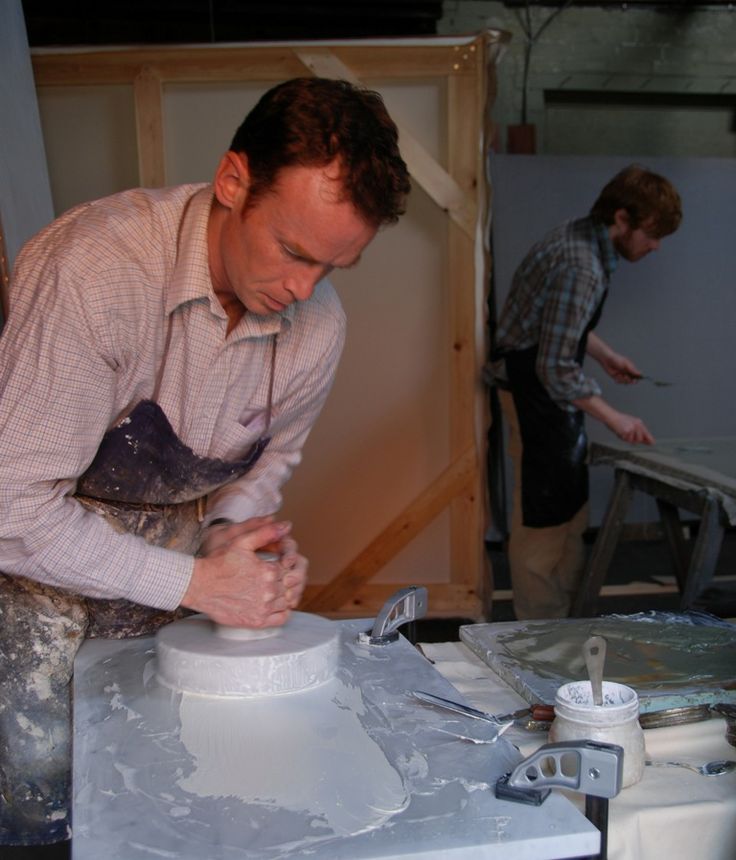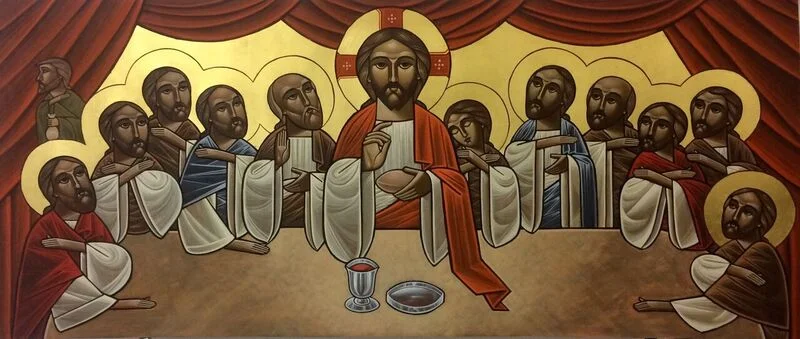In this article, I am suggesting that the 4th St Thomas’ Aquinas’s Five Ways (or proofs, for the existence of God), is a powerful tool for evangelization, but not through an explanation of the proof itself, no matter how engaging it might be. Rather, the 4th Way describes after the fact, a mode of thinking that leads naturally to faith as a response to the world around us. It is seen most commonly, therefore in those who already have faith regardless of whether or not they have even heard of St Thomas Aquinas, let alone read his proof. This being so, as a method for evangelization, one approach to using the ‘4th Way’ is to do so indirectly. Accordingly, the goal is to stimulate and nurture the natural facility in us for ‘4th-Way’ thinking (leading in turn to faith in God), through the influence of the culture, and our actions and interactions with others. That mode of 4th-Way thinking is one that uses the principle of analogy in connecting beings to each other, recognizes the natural place of a hierarchy of being, and that all lesser beings participate in the fullness of Being which is the ultimate cause of their existence. This mode of thinking comes so naturally to us that even small children can employ it. Furthermore, when we apprehend beauty, we intuitively employ all of these modes of thinking and so in many ways, the 4th Way is itself analogous to, if not directly identifiable with, the Way of Beauty. Finally, and in the light of this, after suggesting general principles by which we might create an environment that evangelizes, I illustrate with some specific examples that occurred to me.
What’s the use of proofs of God’s existence? Will they persuade anyone to believe anyway?
The 4th Way of St Thomas is described in the Summa Theologiae, and in the Prologue to his commentary on the Gospel of John. St Thomas thought this was the most persuasive of his proofs for the existence of God. But how can such a dry and for many people arcane argument be persuasive? I think it can be, but not in the way that many academics discuss it today.
Here it is as described in the Summa:
The fourth way is taken from the gradation to be found in things. Among beings, there are some more and some less good, true, noble and the like. But "more" and "less" are predicated of different things, according as they resemble in their different ways something which is the maximum, as a thing is said to be hotter according as it more nearly resembles that which is hottest; so that there is something which is truest, something best, something noblest and, consequently, something which is uttermost being; for those things that are greatest in truth are greatest in being, as it is written in Metaph. ii. Now the maximum in any genus is the cause of all in that genus; as fire, which is the maximum heat, is the cause of all hot things. Therefore there must also be something which is to all beings the cause of their being, goodness, and every other perfection; and this we call God.
Put another way: we observe degrees of perfection of properties found in beings (good, better, better still...etc), by analogy this establishes a hierarchy of beings with that property and this hierarchy indicates to us that there is something, which might not be otherwise known, but which is the greatest in each property. In turn, and again by analogy, we see that the best in all categories exist in a single being which contains all attributes of being in perfection, which is Being itself. All of lesser beings owe their existence to that greatest possible Being and are said to participate in that fullness of Being.
My understanding is that the intention of St Thomas in presenting this was not to convert, but rather to demonstrate that faith is consistent with reason - faith seeking understanding. For those with faith, understanding is certainly a noble goal. But does this mean that this Way has no application as a tool for evangelization? I suggest that the answer to this is, no and, in fact, the Fourth Way is indeed the most powerful tool we have for conversion. Though perhaps not in the way that some people might think.
If we have faith, then it is as likely that we already think in such a way that the concepts of hierarchy, substance, analogy, and participation are natural modes of thought for us. We may not be able to articulate how we think or define the terms in such a way that a philosophy professor would be happy, but it doesn’t stop us from thinking in that way. For so many who have faith, they are engaging in 4th-Way thinking deep in their hearts, naturally and intuitively, and in response to the world around us.
If our mode of thought changes, as it can under the influences of bad education or culture, then faith will decline too. This being so the task is not so much to teach people about the 4th Way of St Thomas, although doing so might help with some, but rather to stimulate and nurture this mode of thinking. In the context of its use for evangelization and preservation of the Faith, the need to teach people about the argument of the 4th Way itself is primarily to the few who are in a position to influence the pattern of education and of the culture so as to reflect and in turn cause it.
What do we do to encourage 4th-Way thinking?
I think that the approach should be similar to that by which we might encourage people to apprehend beauty naturally. Here's why:
One simple definition of beauty is ‘the radiance of being’. When we grasp the beauty of something we are in relation to it and we are apprehending truths about its existence that are transmitted, so speak, to us. When we respond fully, we see it as beautiful and it causes us to look instinctively for the perfection and superabundant source of that beauty, which is Beauty itself, God. And we look also to the source of that object’s existence, Being itself, which again is God.
The desire for the original source of beauty and being can be so great that it has been compared to a wound. Benedict XVI, for example, quoted Nicholas Cabasilas the 14th century Greek Father, who said that: ‘True knowledge is being struck by the arrow of beauty that wounds man: being touched by reality, “by the personal presence of Christ himself.” This visceral response to beauty is powerful ‘4th-Way’ thinking that directs us to the contemplation of God.










































